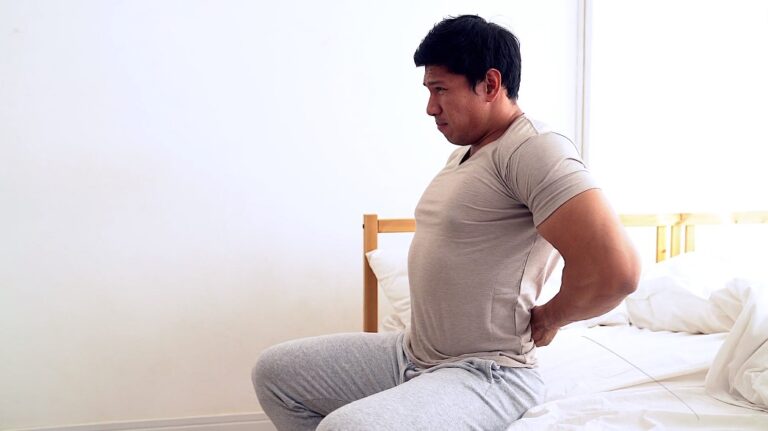Sit bone pain is a common problem among beginner cyclists. The sit bones are the two bones that make up the buttocks, and they bear most of the body’s weight when sitting.
When cycling, the sit bones support the entire weight of the upper body and transfer all of the pedaling force to the pedals. This can put a lot of pressure on the sit bones, which can lead to pain.
There are a few things that can cause sit bone pain. First, beginner cyclists often ride bikes that are too small for them. This puts the sit bones in an unnatural position and puts more pressure on them than necessary. Second, beginner cyclists often don’t have the correct cycling position.
This can also put the sit bones in an uncomfortable position and cause pain. Finally, beginner cyclists often don’t have enough padding on their saddles. This can also lead to sit bone pain because it puts more pressure on the bones.
How To Relieve Sit Bone Pain From Cycling
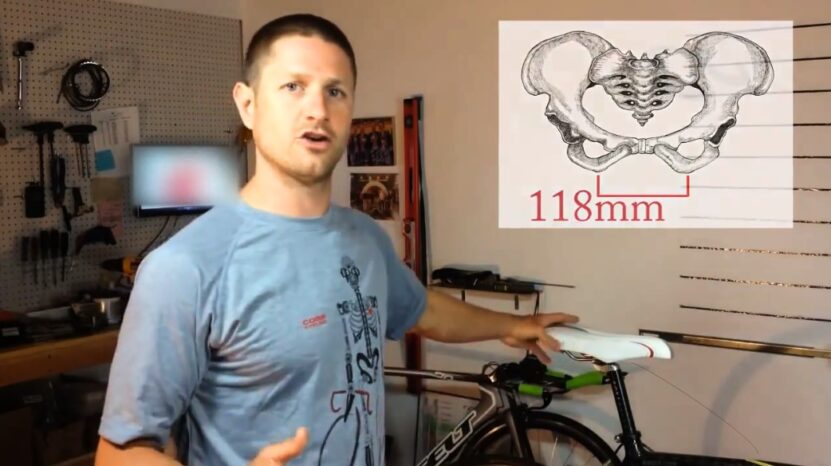
If you’re a cyclist, you know that sit bone pain can be a real problem. The good news is that there are some things you can do to relieve the pain and make cycling more comfortable.
One of the most important things you can do is to make sure your bike seat is at the right height. If it’s too low, you’ll put more pressure on your sit bones and that can lead to pain. If it’s too high, you won’t be able to pedal efficiently and you may also experience pain.
The best way to find the right seat height is to consult with a professional bike fitter.
Another important thing to do is to make sure your bike seat is the right width for your body. If it’s too narrow, it can cause chafing and discomfort. If it’s too wide, you may slide around on the seat, which can also be painful.
Again, a professional bike fitter can help you find the right seat width for your body.
There are also some special cushions and pads that you can purchase to help relieve sit-bone pain. These can be placed on your bike seat or on your clothing. They work by providing extra padding and support to the area, which can help reduce pain.
Finally, make sure you’re stretching properly before and after your rides. Stretching helps to keep your muscles loose and flexible, which can prevent pain. There are specific stretches that you can do that target the muscles around your sit bones.
A professional bike fitter or coach can help you with these stretches.
If you follow these tips, you should be able to reduce or eliminate sit-bone pain from cycling. If you’re still experiencing pain, it’s important to consult with a doctor or physical therapist to rule out any other potential causes.
Exercises To Relieve Sit Bone Pain
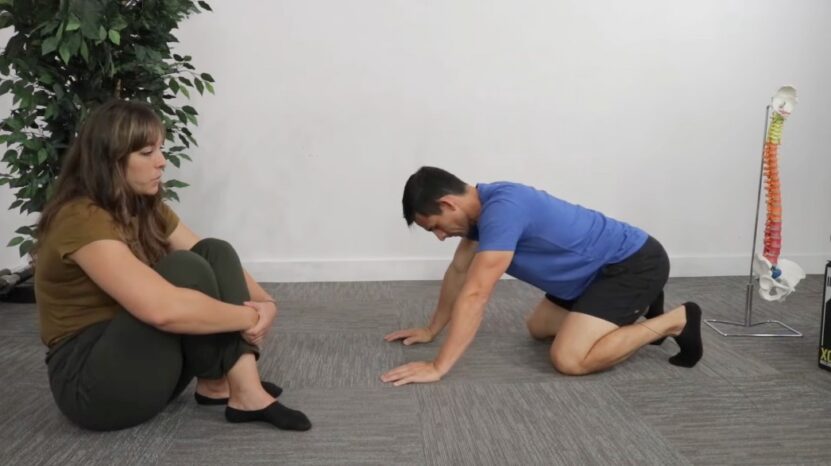
If you are suffering from pain in your sit bones, there are several exercises that can help to relieve the discomfort. Sit bone pain is often caused by pressure on the nerves in the area, and these exercises can help to release that pressure.
One simple exercise is to sit on a hard surface with your legs extended in front of you. Place your hands behind you and lift your buttocks off the ground, using your arms for support. Hold this position for a few seconds before lowering yourself back down.
Another exercise is to lie on your back on a hard surface with your legs extended. Place a pillow under your head for support. Bend your knees and place your feet flat on the ground. Slowly lift your hips off the ground, using your legs for support.
Hold this position for a few seconds before lowering yourself back down.
Sometimes, sit bone pain can be caused by an underlying condition, such as arthritis, and exercises may not be enough to relieve the pain. In these cases, your doctor may recommend other treatments, such as medication or surgery.
With any type of exercise, it is important to start slowly and increase the intensity gradually. If you experience any pain during these exercises, stop and consult with your doctor.
These exercises can help to relieve sit bone pain, but it is important to consult with a medical professional before beginning any new exercise routine.
Can Yoga Help My Sit Bone Pain?
If you’re experiencing pain in your sit bones, you may be wondering if yoga can help. While there’s no one-size-fits-all answer, it’s worth considering as a possible solution.
Yoga can help to stretch and strengthen the muscles around the pelvis, which can in turn help to reduce pressure on the sit bones.
Additionally, yoga can help to improve your posture and alignment. This can also reduce pressure on the sit bones and help to alleviate pain.
If you’re interested in trying yoga for your sit bone pain, there are a few things to keep in mind. First, it’s important to find a class that’s appropriate for your level of experience. If you’re a beginner, look for a beginner’s class or private instruction.
Second, be sure to listen to your body and modify poses as needed to avoid pain. And finally, don’t hesitate to ask your teacher for help if you’re unsure about anything.
With a little patience and effort, yoga can be a helpful way to reduce sit bone pain. But as with any exercise, it’s important to consult with your doctor before starting a new program.
One-Sided Sit Bone Pain Cycling

One-Sided Sit Bone Pain Cycling can be extremely frustrating. The pain can feel like a burning or aching sensation and can make it difficult to enjoy your rides.
Some common causes of one-sided sit-bone pain cycling include:
- Muscle imbalances: If your muscles are out of balance, it can cause one side of your pelvis to tilt and put pressure on the sit bones. This can lead to pain when you’re cycling.
- Poor bike fit: If your bike doesn’t fit you properly, it can put pressure on the sit bones and lead to pain.
- Injuries: If you’ve had an injury to the pelvis, hip, or groin area, it can cause one-sided sit-bone pain when you’re cycling.
If you’re experiencing one-sided sit bone pain while cycling, there are a few things you can do to try to relieve the pain. First, make sure that your bike is properly fitted to you. If it’s not, get it adjusted by a professional.
Second, try to correct any muscle imbalances with stretching and strengthening exercises. And finally, if you have an injury, make sure to rest and recover fully before getting back on the bike.
Why Do My Sit Bones Hurt When Cycling
The two sit bones that make up the pelvis are located on either side of the tailbone, just below the hip joints. These bones act as the body’s anchor point when sitting, and they take on a lot of stress and pressure during cycling. Over time, this can lead to pain and discomfort in the sit bones.
There are a few different reasons why sit bones might hurt when cycling. One possibility is that the saddle is not positioned correctly. If the saddle is too high, too low, or tilted too far forward or back, it can put undue pressure on the sit bones.
Another possibility is that the rider is simply putting too much weight on the saddle. This can be remedied by adjusting the seat height or position, or by lightening up on the pedals a bit.
Finally, it’s possible that the pain is simply due to inflammation or irritation of the soft tissue around the sit bones. This can often be alleviated with some simple stretching and strengthening exercises, as well as icing the area after cycling.
If the pain persists, it’s important to see a doctor or physical therapist to rule out any other potential causes.
With a little bit of trial and error, it’s usually possible to find a comfortable saddle position and avoid pain in the sit bones. However, if the pain is severe or persistent, it’s important to see a healthcare professional to rule out any other potential causes.
How Long Does It Take To Heal Sit Bone Pain

It can take a few days to a week for the pain to go away completely. However, you can start to feel relief from the pain within a day or two. To help speed up the healing process, it is important to rest and ice the area. You can also take over-the-counter pain medication if needed.
If the pain does not improve within a week, or if it gets worse, you should see a doctor. There are several possible causes of sit bone pain, so it is important to get an accurate diagnosis. Once the cause is determined, your doctor will be able to recommend the best treatment options.
Does Bike Seat Pain Go Away?
The good news is that, in most cases, bike seat pain will eventually go away on its own. However, there are a few things you can do to help speed up the process and ease your discomfort in the meantime.
One of the best things you can do is to make sure you’re using the proper bike seat for your body type. If your seat is too narrow or too wide, it can cause chafing and discomfort. In addition, make sure your seat is at the right height.
A seat that’s too low can cause you to slide forward and put pressure on your perineum, while a seat that’s too high can put strain on your back and knees.
If you’re still experiencing pain after adjusting your seat, it may be time to try a different saddle. There are a variety of saddles on the market, so it’s important to find one that’s comfortable for you. You may also want to try using a saddle cover or padding for additional cushioning.
Finally, if you’re still having trouble after trying all of these things, it’s possible that you may need to see a doctor. In rare cases, bike seat pain can be caused by an underlying medical condition, such as prostatitis or a hernia.
If you think this may be the case, it’s important to see a doctor so they can rule out any other potential causes of your pain.
Where Should Sit Bones Be On Bike Saddle?
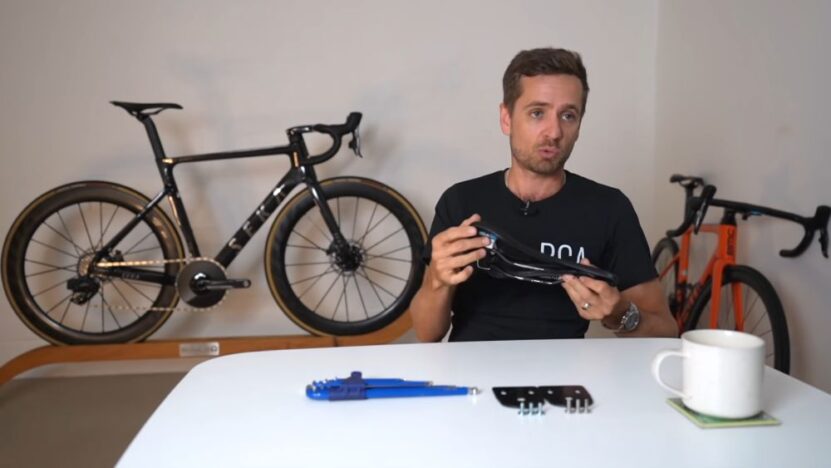
When it comes to finding the perfect cycling position, one of the most important things to consider is where your sit bones should be on the saddle. Proper saddle position helps you pedaling efficiency, comfort and prevents pain or numbness in sensitive areas.
Here’s a quick guide to help you find your ideal position.
Start by sitting on your bike with the saddle at its normal height. You should be able to pedal without your feet hitting the ground and have a slight bend in your knees when the pedal is at its lowest point. Next, take a look at where your sit bones are resting on the saddle.
If they’re too far forward or back, it can cause discomfort and even pain.
Ideally, your sit bones should be evenly positioned on the saddle, right around the “sweet spot.” This is the area of the saddle that’s most comfortable and provides the best support. To find it, move around on the saddle until you feel like you’re sitting in an imaginary chair.
Once you’ve found it, mark the spot with a pencil so you can easily find it again.
If your sit bones are too far forward on the saddle, it can cause numbness in your hands and arms. It can also lead to pain in your lower back and neck. To fix this, simply move back on the saddle until your sit bones are evenly positioned.
If your sit bones are too far back on the saddle, it can cause pain in your groin and inner thighs. It can also make it difficult to reach the pedals, which can lead to knee pain. To fix this, simply move forward on the saddle until your sit bones are evenly positioned.
Once you’ve found the perfect position for your sit bones, it’s important to adjust the rest of your cycling position accordingly. This includes making sure your handlebars are at the right height and that you have a good grip on the pedals.
Does Your Butt Ever Get Used To Bike Riding?
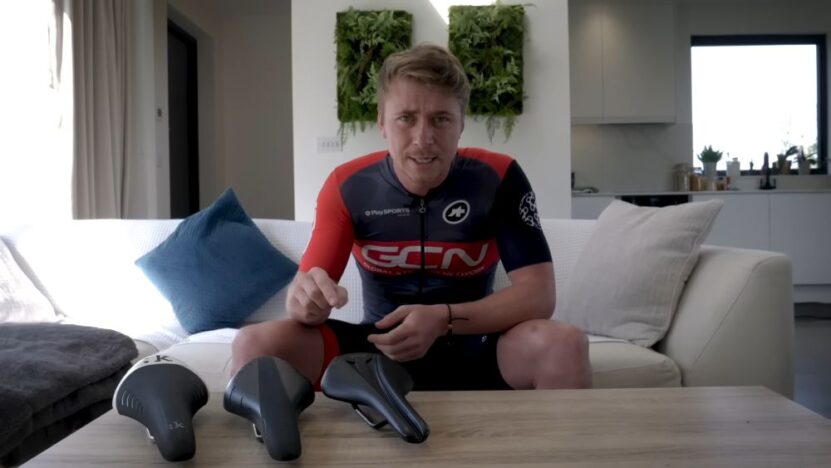
The simple answer is yes, your butt will eventually get used to bike riding. However, it may take some time and there are a few things you can do to speed up the process.
For starters, make sure you have a comfortable seat. This is probably the most important factor in making sure your behind can handle long rides. If your seat is too hard or too soft, it will be more difficult to get used to bike riding.
Another thing you can do to help your backside adjust to time in the saddle is to ride regularly. The more you ride, the more your body will become accustomed to it. And, as with anything else, the more you practice, the better you’ll get at it.
Finally, remember to take breaks during long rides. This will help your muscles recover and prevent them from getting too sore. If you find yourself getting saddle sore, there are a few things you can do to relieve the pain.
So, there you have it. Yes, your butt will eventually get used to bike riding. Just be patient and make sure you’re comfortable while you’re doing it. With a little time and effort, you’ll be enjoying long rides in no time.
How Long Does It Take For Ischial Bursitis To Heal?
If you’re experiencing ischial bursitis because of cycling, the good news is that it is generally a temporary condition that will heal with time and rest. However, the bad news is that it can be quite painful and take some time to resolve completely.
Most cases of ischial bursitis will improve within a few weeks with some simple self-care measures. However, more severe cases may take a few months to resolve. In rare cases, ischial bursitis may become a chronic condition that comes and goes.
There are several things you can do to help speed up the healing process and ease your symptoms:
- Rest: Avoid activities that aggravate your symptoms. This may mean taking a break from cycling for a few weeks.
- Ice: Apply ice to the affected area for 20 minutes at a time, several times a day.
- Compression: Use an elastic bandage or compression sleeve to help reduce swelling.
- Elevation: Keep the affected leg elevated as much as possible to reduce swelling.
- Pain relief: Over-the-counter pain relievers such as ibuprofen or naproxen can help ease pain and inflammation.
If your symptoms persist for more than a few weeks, or if they are severe, you should see your doctor. They may prescribe stronger pain medication or recommend physical therapy to help speed up the healing process.
In rare cases, ischial bursitis may require surgery if conservative treatments are not effective. However, this is usually only necessary in chronic cases that do not respond to other treatments.
Why Does The Bone In My Buttocks Hurt?
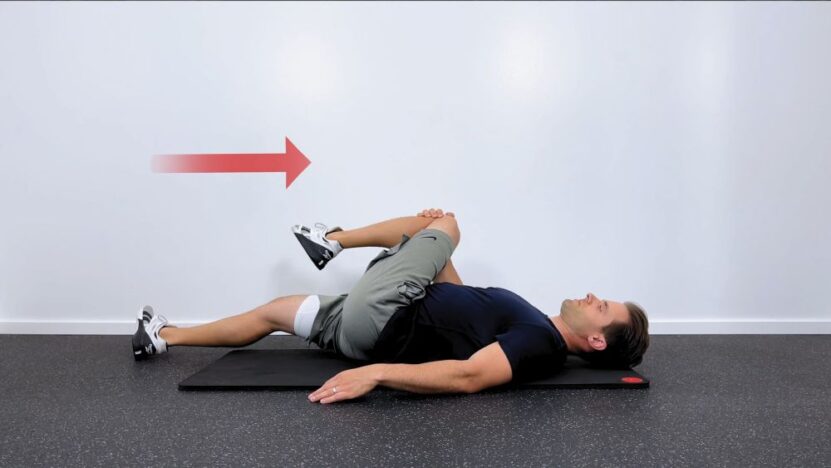
There are a few reasons why the bone in your buttocks might hurt. One possibility is that you have a condition called bursitis, which is an inflammation of the fluid-filled sacs that cushion the bones in your joints.
Another possibility is that you have a stress fracture, which is a tiny crack in the bone that’s caused by repetitive stress or overuse.
If you’re experiencing pain in your buttocks that’s severe, persistent, or getting worse, it’s important to see a doctor so they can diagnose the cause and recommend treatment. Treatment for bursitis typically involves rest, ice, and anti-inflammatory medication.
Treatment for a stress fracture may involve wearing a boot or cast and may require surgery in some cases. If you have a condition that’s causing pain in your buttocks, getting treatment can help you find relief.
Conclusion
In conclusion, sit bone pain while cycling can be a common and discomforting issue, often caused by factors such as improper bike fit, saddle positioning, and inadequate padding. However, with proper adjustments, exercises, and guidance from healthcare professionals, individuals can alleviate and prevent this pain, making their cycling experiences more enjoyable and pain-free.

